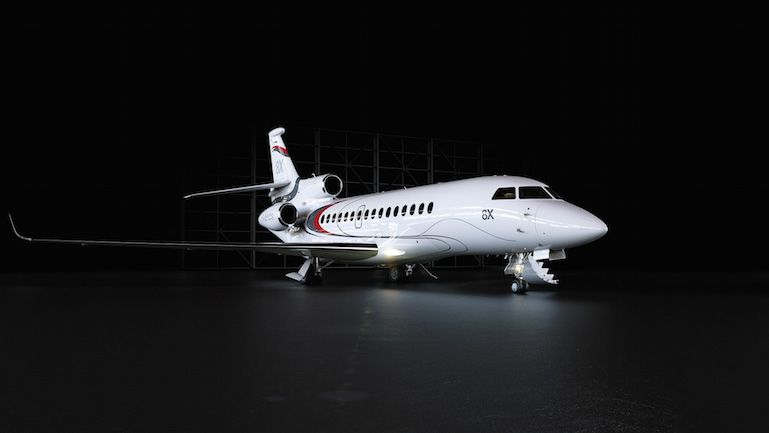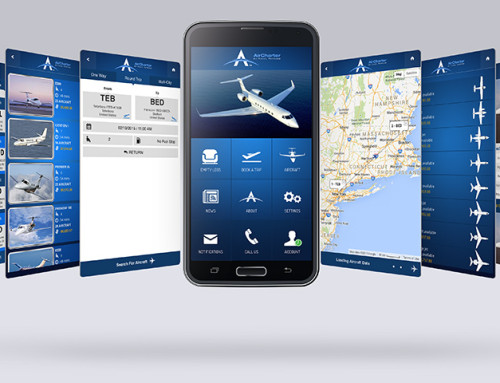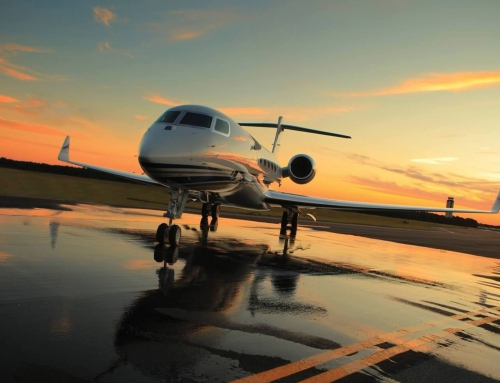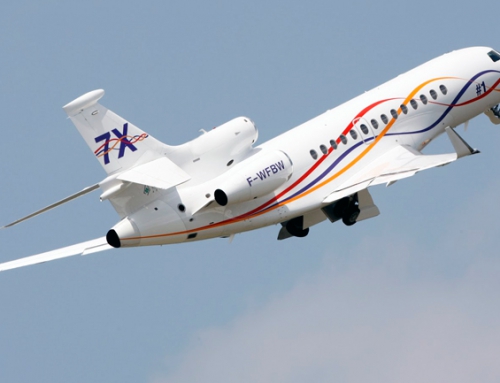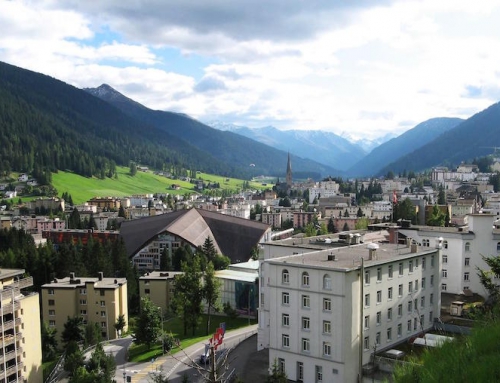Private Jet Charter Guide part III
Many conditions can impact the price and details of a private jet charter, and here in part III of our private jet charter guide, we will list and explain the most common fees expected from a charter quote. Each individual part of these fees come together to build the final price you pay for your trip, and it is very important to know which factors can change the price or accessibility of a trip. We begin with some details that can severely impact the price you expect to pay:
Runway length – Smaller aircraft don’t necessarily require enormous runway lengths and can often land at smaller, communal airports. But larger aircraft can require runway lengths of over 6000 ft, meaning a larger airport will be chosen to fulfill the trip. Larger airports tend to have higher fees, while smaller airports are more reasonable.
Wind speed / traveling direction – It is well known that air currents can radically change to total amount of time required to fulfill a trip. The details are complex when factoring in random wind patterns and mountain formations as well as aircraft cruise routes. This can be seasonal or just simply random but will make a difference in the total price of your quote
Availability – Availability is the most important aspect of private jet charter. There is a best aircraft for every trip, an aircraft that is very close to the departure location for a reasonable price, and often those aircraft can be booked indefinitely. Availability can make the difference between a $7,000 flight and a $11,000 flight with the same exact itinerary. In the case of an unavailable aircraft, the next step up would have to be a larger aircraft if a smaller aircraft cannot make the trip, meaning the cost of the private jet charter will be much higher.
Empty legs – The way a traditional private jet charter works is very simple; chartering a private jet means you rent out the entirety of the aircraft for the entire duration of your trip. This means if a potential customer wishes to fly from New York to Florida as a one way trip, said customer would pay for both legs of the trip, as the aircraft would essentially be returning empty, and the customer is responsible for all flight charges concerning his/her trip. Flying an empty leg home means you would be paying approximately half of the traditional cost for chartering said private jet. Empty legs are always available and directly offered if one is available for your trip request, our main charter team works closely with the empty leg team to always default to a less costly alternative if availability allows it.
Airport hours – Airport hours can make a big difference if you plan to fly at night, a great deal of airports stop at 8 – 10 pm while larger international airports tend to be open 24 hours a day. Though moving to a larger airport means a longer drive and usually much more expensive airport fees. Flying during the day is usually less of a hassle than a late-night flight.
There are many fees to be expected for a chartered trip, and very little explanation is given by others. Every detail is important as even the smallest changes can impact the price of the trip directly. These fees are what make up the entirety of the price you will pay for a private jet charter
Aircraft hourly rate – This is the rate for renting out the aircraft for the duration of your flight. Average aircraft pricing per hour can be found in our aircraft guide. These prices can range from $900 an hour for a smaller turboprop or piston, to $16,000 an hour for long range jets such as the Gulfstream G650. Usually the price of fuel burn is included in this price, unless the aircraft has a very heavy fuel burn rate, in which case, this will be calculated as a fuel surcharge.
Fuel surcharge – As previously noted, aircraft with a high fuel burn rate per hour will have a fuel surcharge to accommodate the changing prices of jet fuel all over the world. Different airports charge different amounts per gallon, and it is more reasonable to calculate an up to date fuel surcharge rather than charging the maximum possible amount to accommodate for fluctuating prices.
Inclement weather fees – This includes de-icing fees in cold weather environments as well as possible delays caused by inclement weather such as high wind speeds or heavy rain, snow, or hail. These fees can sometimes be completely avoided with good planning, but can cost thousands of dollars to de-ice a large aircraft quickly.
Standby fee – This is the additional rate charged while the aircraft is waiting to pick up passengers, and can also be applied to aircraft staying in a location for a day or more in order to fulfill a round trip. Basic standby rates are around $100 an hour in most cases and are not the most important factor to worry about.
Airport landing rate / noise fee – Airport landing fees include the fee charged to take off or land at an airport, as well as possible noise fees or high density charges. Airport landing fees can range from $250 for a smaller airport to $4,000 to land at a high density international airport at peak times or holidays. Noise fees and other airport fees depend greatly on the airport, but adhere to the rule of larger airports means more expensive rates.
Overnight fees – This is the fee for having the crew remain overnight, this does not include aircraft fees, but only the rate for the crew to stay the night at a hotel. This can range from $600 for domestic locations, up to $2,000 for larger crews and international destinations.
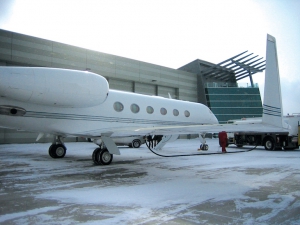 Crew fees / Attendant rate – Crew fees are a daily crew fee and usually include a crew lounge for the day if the aircraft will be parked at an airport throughout a day. This is usually a $800 fee for a crew lounge at most airports. An attendant rate tends to be around $700 – 1000 for a flight attendant for the duration of your flight
Crew fees / Attendant rate – Crew fees are a daily crew fee and usually include a crew lounge for the day if the aircraft will be parked at an airport throughout a day. This is usually a $800 fee for a crew lounge at most airports. An attendant rate tends to be around $700 – 1000 for a flight attendant for the duration of your flight
Segment fees and FET – A small portion of the total private jet charter quote, each segment (part of the flight) is taxed by the US government, and a 7.5% federal excise tax is a requirement for all flights in the United States. For international flights, there are international equivalents of these fees all over the world.
Parking fees – This airport fee is the price for keeping the aircraft at the airport temporarily. This fee can be waived in some conditions but can cost as much as $2,000 – 4,000 a night for high traffic airports during their peak schedules. It can be costly to keep a jet at an international airport, but negligible to leave the same aircraft at a smaller, nearby airport.
To read the previous article click here: Private jet charter guide part II
Thank you for continuing to read our private jet charter guide, in part IV, we will be pulling everything we learned together to understand the fundamentals of private jet charter.

 Hawker-Beechcraft Hawker 400XP
Hawker-Beechcraft Hawker 400XP Cessna Citation V
Cessna Citation V Beechcraft Premier IA
Beechcraft Premier IA Beechcraft King Air 350
Beechcraft King Air 350



